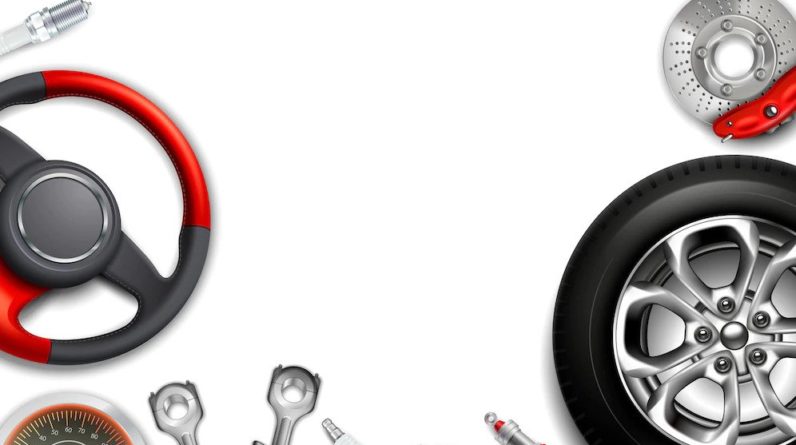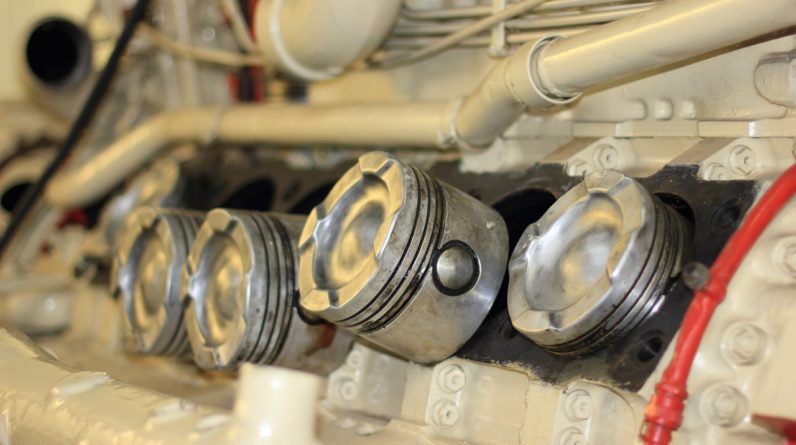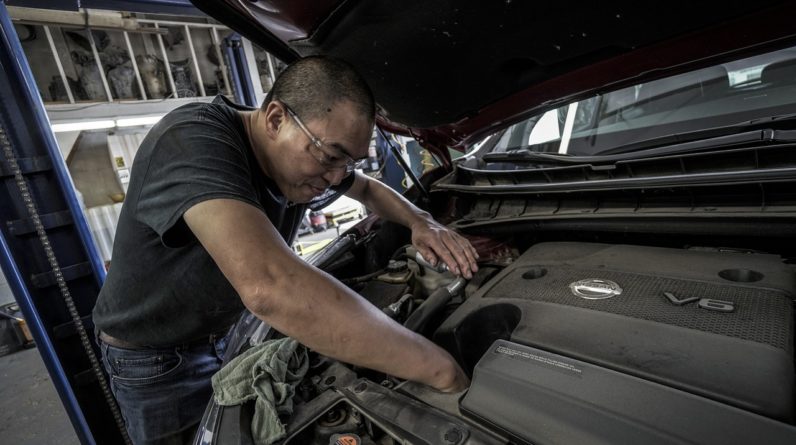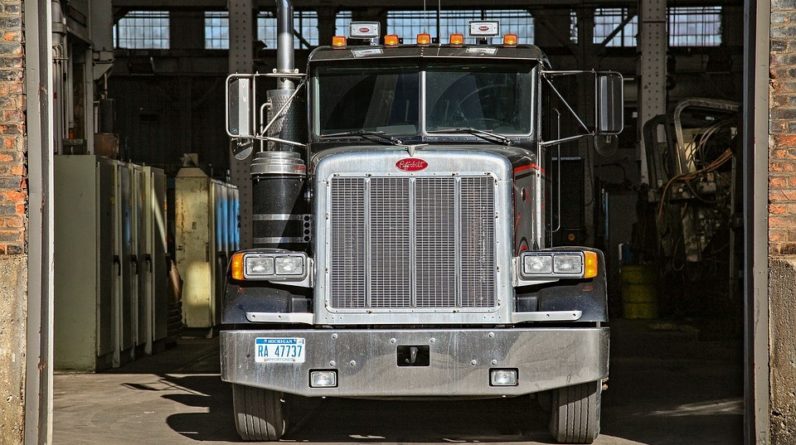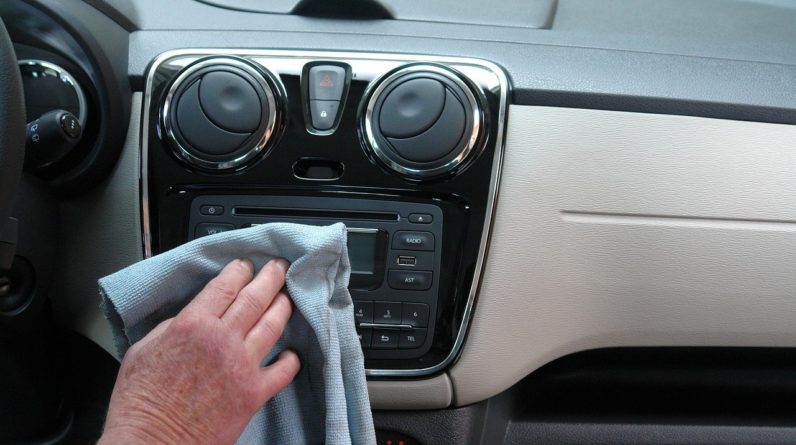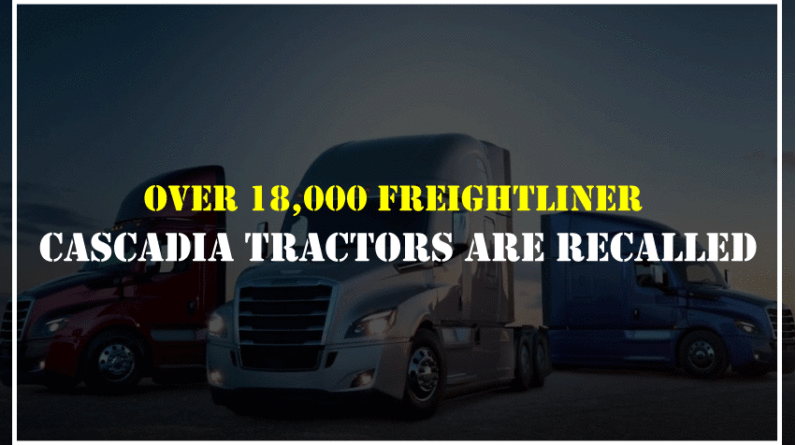
One of the most crucial components on any vehicle is the braking system. If it’s not fully functional, it can literally kill you – as well as other road users. This problem is compounded in heavy vehicles, because they bear more weight and need a longer stopping distance. Plus, even if the driver engages the brakes, any cargo trailers attached the truck can still push it forward. This is possibly why such keen attention is paid to the section of truck spares related to clutch and brake systems.
At the same time, it’s commendable when a vehicle manufacturer takes responsibility, rather than blaming the problem on driver error or faulty parts, which would be the easiest option. This matter came up recently in the US, when a serious flaw was found in the braking system of DTNA trucks. Daimler Trucks North America realised their Freightliner Cascadia 2018/2019 was compromised and their response was to recall 18,105 trucks.
The issue was the brake calliper. The mounting bolts that hold them in place appeared to be loose. Daimler’s statement affirmed these bolts ‘may not have been adequately tightened.’ This seemingly slight matter could escalate into detached callipers, and that influences the trucks’ ability to brake effectively. Daimler took all their Freightliner Cascadia trucks off the road, even though it believes about a quarter of the trucks were affected.
Easy ways to get in touch
These trucks were manufactured between 2nd January 2017 and 19th May 2018. Documents were lodged with the National Highway Traffic Safety Administration (NHTSA), and owners of 2018/2019 Cascadia can contact the recall hotline at any time. Daimler has offered to inspect those trucks should the bolts be found to be incorrectly locked in, Daimler will tighten them at no cost to the driver or owner. Daimler has also promised to start formally contacting drivers on 13th August 2018.
Customers can either call Daimler on 1-800-547-0712 or call NHTSA. If they opt to call Daimler, they should cite FL-775 as their recall number. If they call NHTSA, they should quote 18V-411. The improperly tightened mounting bolts directly affect the trucks’ braking torque, and this increases the chances of the truck crashing. The 2018/2019 Freightliner Cascadia was launched on 1st September 2016. To minimise drag, the bumper was loaded with an air deflector and the hood was sloped.
It was described as a re-imagining of their flagship model, ‘part luxury vehicle, part space shuttle’, custom-made for highway driving. The vehicle has Detroit IPM4 (4th generation Intelligent Powertrain Management). It’s based on GPS technology, so if the vehicle in front of you slows or if someone cuts you off, the truck automatically slows via engine brake, allowing the driver to maintain a minimum distance of 2 seconds between it and the vehicle ahead. This adaptive cruise deceleration requires no intervention from the driver.
Smoother driving experience
The truck is also equipped with smart-shift technology for smooth gear changes. The driver cabin is quiet and cosy thanks to its 3M Thinsulate and three door seals which keep most of the noise out. It’s anecdotally quieter than many saloon cars. The ‘space shuttle’ comment isn’t an exaggeration. The cab was designed by Teague, who are responsible for the interiors of Boeing planes. The result? A wraparound dash, ergonomic handling, and a lit up panel of easy-to-reach, intuitively positioned controls that make a driver feel like he’s flying a plane.
The instrument display is 5 inches wide with LEDs mounted on the ceiling for a diffuse well-lit ambient cabin that barely strains the driver. It now displays text instead of numerical code to identify errors, so drivers don’t have to decipher the problem like spies reading Enigma code books. The braking system, including three-stage engine brakes and transmission, have a ‘blinker’ mounted on the steering wheel.
Far fewer blind spots
The windshield is a single piece, and so is the door glass. Also, the wiper has 12% wider range, and there are no more side window splits. Coupled with elliptical mirrors, the 2018/2019 Cascadia has far greater driver visibility than prior trucks. DTNA currently hold 42.6% market share in Canada and the US.
Before launch, the Cascadia was road tested for six days, driving from Detroit to Portland in Oregon. During the drive, there was a proven enhancement in fuel efficiency up to 8%. It was also tested in a wind tunnel for further verification. Once all the potentially faulty Cascadia mounting bolts are tightened, the vehicle will easily retain its reputation for style, fuel efficiency, and road safety.
Read Also:
The Latest Updates for Mack Trucks
